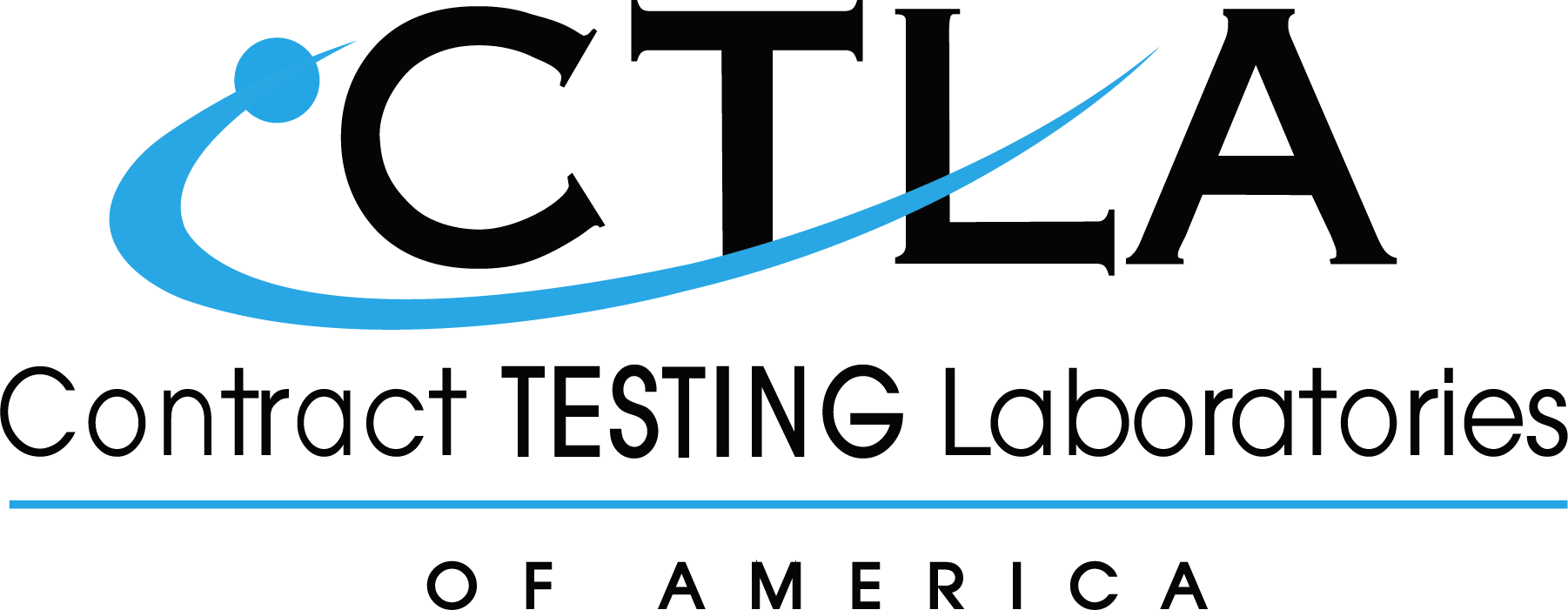
Food Allergen Testing
Millions of Americans are affected by food allergies. An allergic reaction may be relatively mild, but uncomfortable, like dealing with hives. Some people, however, develop extremely dangerous food allergy reactions that cause life-threatening respiratory issues and shock.
For food safety, the United States Food and Drug Administration (FDA) requires all ingredients be listed on packaged food products and beverages. More specific labeling requirements are required for identified major food allergens.
Major Food Allergens
Food allergies cause a person’s immune system to react to the proteins in a certain food. The Food Allergen Labeling and Consumer Protection Act of 2004 identifies eight major food allergens that are responsible for ninety percent of the US populations food allergies and serious allergic reactions. These allergens are:
- Peanuts
- Tree Nuts
- Milk
- Eggs
- Fish
- Shellfish
- Gluten (From Wheat, Barley, or Rye)
- Soybeans
These eight allergens require detailed labeling. They must specifically be denoted in one of two ways.
- Be included in the list of ingredients inside parenthesis following the detailed ingredient. For example: “whey (milk)” or “wheat flour (gluten)”.
- Be listed either next to or immediately following the list of ingredients on the nutrition label in a contains statement. For example: “Contains milk and gluten”.
Additional Allergens
Allergens and their effects are continually emerging. The FDA closely monitors significant health risks from other food substances. Along with gluten, the FDA is currently monitoring color additives especially FD&C Yellow No. 5 and sesame.
For those suffering from Celiac disease, gluten triggers significant immune response issues in the intestines. In 2013, the FDA came up with requirements for gluten-free food labeling.
Color additives may cause itching and hives in some people. The FDA requires all products containing FD&C Yellow No. 5 be listed in the ingredients label rather than being contained in a broad statement like “artificial coloring”.
In November 2020, the increase in sesame allergic reactions and the severity of those reactions caused the FDA to issue a draft guidance for labeling sesame. In this guidance, the FDA asks for producers to voluntarily disclose sesame in the ingredients list rather than cloak it in a broad category like flavoring, spice, or tahini.
CTLA Food Allergen Testing
For your food and dietary supplement labeling needs, CTLA offers complete allergen testing to keep you in compliance with FDA regulations and to protect consumers. We provide raw Ingredient testing and environmental swab testing to determine allergen contamination issues.
- Raw Ingredient Testing – Make sure your incoming raw materials are allergen-free. Cross-contamination can happen during harvesting. Often the same equipment used to harvest gluten containing grains is used to harvest oats which are gluten-free. The same is true for corn and soybeans and peanuts and tree nuts.
- Sampling/Testing of Processing Equipment – To protect your product from allergen contamination during manufacturing, we provide environmental swab testing services.
Adenosine triphosphate (ATP) is a molecule found in the cells of all living things. Various ATP rapid tests are popular to use in-house to receive quick allergen contamination results. However, these tests have limits and may give false negatives.
Our in-lab allergen testing takes out the possibility of false negatives and provides a full array of possible allergen contamination. This assurance protects your product and your pocketbook.
As part of our services, CTLA provides environmental sampling swabs. If you desire, CTLA offers sampling collection services.
Contact CTLA today to meet all your allergen testing needs.
Article by Jae O. Haroldsen
The content of CTLA’s website is for information only, not advice or guarantee of outcome. Information is gathered and shared from reputable sources; however, CTLA is not responsible for errors or omissions in reporting or explanation. No individuals should use the information, resources or tools contained within to self-diagnosis or self-treat any health-related condition. CTLA gives no assurance or warranty regarding the accuracy, timeliness or applicability of the content.
Sources
“Food Allergies.” Food and Drug Administration. 2021. https://www.fda.gov/food/food-labeling-nutrition/food-allergies“Food Allergen Environmental Monitoring Guide.” Eurofins. 2012. https://www.eurofinsus.com/media/29815/food_allergen_monitoring_guide.pdf







